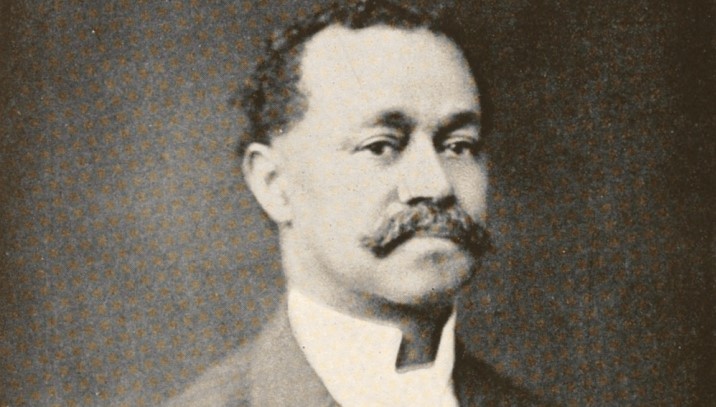Honoring Heroes who Contributed to the Zoo World
This Black History Month, we’re recognizing two individuals who made major contributions to the zoo world. Both were specifically focused on insects and made discoveries that informed and inspired future entomologists! Cincinnati Zoo’s World of the Insect is 45 years old this year and exists because of champions of the natural world like Charles Henry Turner and Margaret Collins.
Charles Henry Turner

Charles Henry Turner’s advancements in the field of zoology shaped the way we understand the natural world. Born in Cincinnati two years after the Civil War ended, Turner was encouraged from a young age to prioritize learning and education. After graduating from Gaines High School in 1886 as class valedictorian, Turner went on to earn his bachelor’s and master’s degrees from the University of Cincinnati—the first graduate degree awarded by UC to an African American. He was also the first African American to earn a Ph.D. from the University of Chicago. Arguably, his most influential discovery was that insects can hear and alter behavior based on their previous experience. More generally, he showed the world that insects were capable of learning and recognizing patterns.
Margaret Collins

Margaret Collins, a pioneering scientist and civil rights activist, turned curiosity into a voracious desire to learn. Her advanced reading skills helped her skip two grades and graduate high school at age fourteen. She went on to earn a Ph.D. from the University of Chicago and was the first black female entomologist and the third black female zoologist in the country. Alfred Emerson, a legendary termite expert, gave her an assistantship and protected her from racism, however, he felt that young women were troublesome on expeditions and would not let her do fieldwork. After decades of teaching, she finally ended up in the field and made a deep impact on the field of termite zoology and the careers of the next generation of Isopterists. She did significant work on the Smithsonian termite collection, and materials she collected now form the Collins Collection at the National Museum of Natural History.

